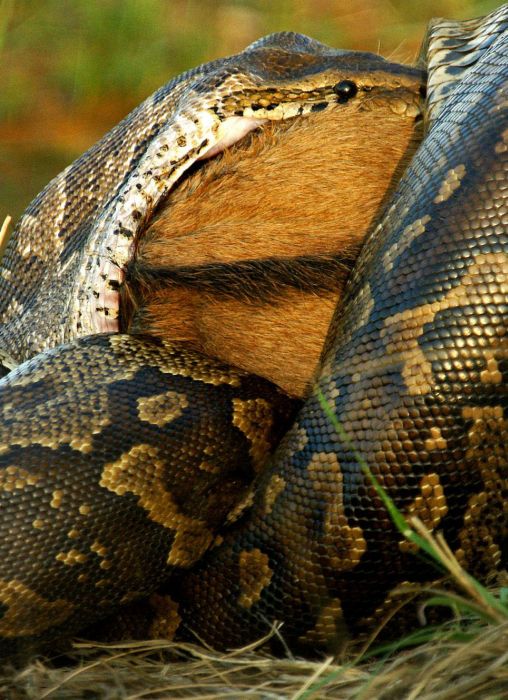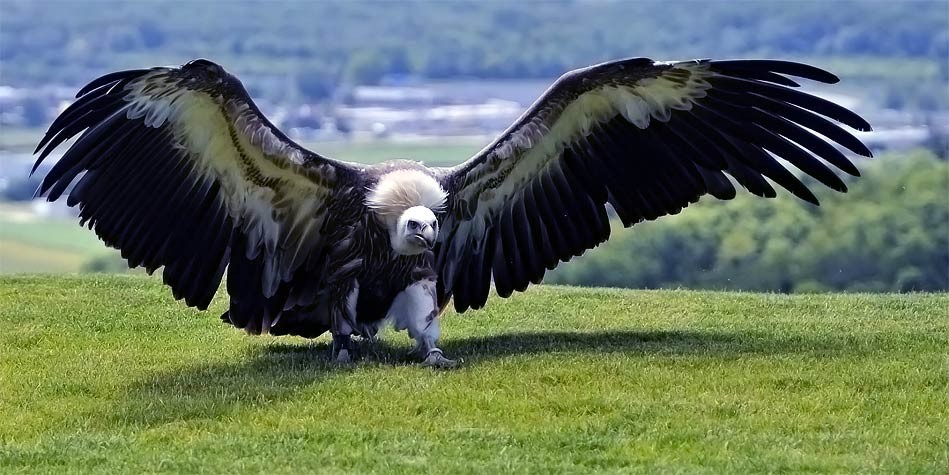

Berger says moose mothers that had lost calves to wolf attacks were more vigilant upon hearing recorded wolf sounds than those that had lost calves to other things, such as car collisions or starvation.

His findings, published in Conservation Biology in 2007, demonstrated that recognizing a predator isn’t always instinctive.Įxperience matters, too. Overall, he found that prey species at sites without predators didn’t react as much to the sounds: They showed less vigilance, less clustering for safety and a lower likelihood to move to a different place. They were learning what was dangerous and what was not.”īerger studied how elk, caribou, moose and bison react to sounds of predators in three different site types: areas where carnivores were present, regions where they’d gone locally extinct and places where they had been repatriated.

“But then, after a time, the behavior of elk totally changed. His colleague at the time speculated that the unfortunate animal had thought the wolf was a large coyote, which were common in the area and not a threat to adult elk, he says. “This wolf just walked right up to this, like, 250-pound elk. īerger recalls watching a group of elk encounter a wolf for the first time in 1998, about a year after wolves were reintroduced to Grand Teton National Park in Wyoming.

If animals don’t share space with a large carnivore, they don’t fear it as much, according to research by Joel Berger, a senior scientist with the Wildlife Conservation Society. Distinguishing Threatsįor some animals, though, it takes more practice to recognize a predator. In captive breeding programs, animals are sometimes intentionally exposed to these cues to try and increase their chance of survival once they’re released into the wild. And in a 2012 study, juvenile orange clownfish identified non-predators as threats when they were fed a diet of fish, suggesting clownfish use scent-based cues to see what a potential predator has been eating. Chemical signals released by a recently attacked tadpole can alert others to danger, Langkilde says. For example, alarm calls of other prey can trigger protective behavior, such as with birds. And Antarctic limpets, or Nacella concinna, a species of aquatic snail, can distinguish the touch and chemical signature of a predatory sea star from the less-threatening touch of a different sea star species.īut these cues don’t just come from the predator itself: “Interestingly, sometimes it's got nothing to do with the predator at all,” says Tracy Langkilde, an evolutionary ecologist at Penn State University’s Eberly College of Science and co-author of the article. Some spiders and caterpillars can sense the vibrations of a nearby predator’s steps. In general, different prey animals might react to the sight of a looming object, a new presence or sudden movement, all of which could signal a threat. These signals fall into four broad categories: visual, tactile, auditory and chemical cues, according to an article in Nature Education. Many species rely on sensory cues to let them know a predator is around.


 0 kommentar(er)
0 kommentar(er)
